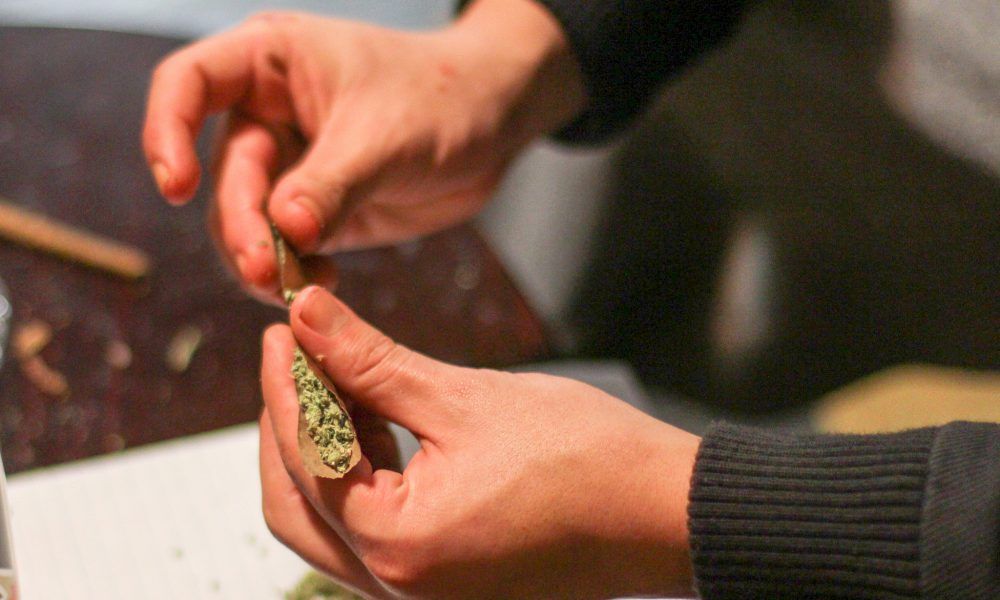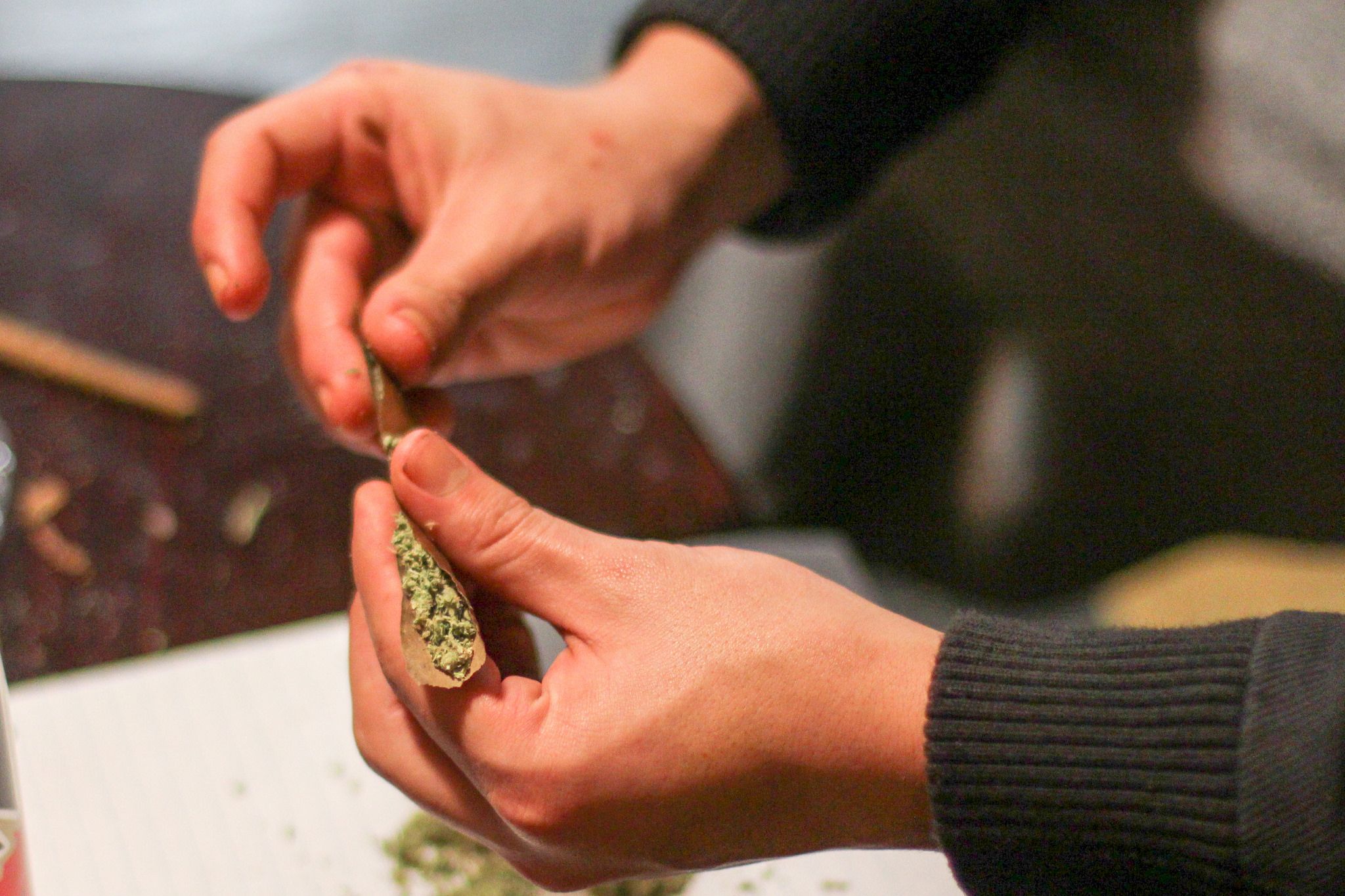For many athletes, recovery time is 4:20.
A newly published survey from researchers at Kent State University sought to find out whether “cannabidiol (CBD) use and/or delta-9-tetrahydrocannabinol (THC) use … shows promise to enhance exercise recovery.”
The researchers said that the study “aimed to determine if individuals are using CBD and/or THC as a means of recovery from aerobic and/or resistance exercise, as well as additional modalities that might be used to aid in recovery.”
The anonymous survey involved 111 participants who “were regularly using cannabis (CBD and/or THC) as well as were currently exercising,” and the questions “pertained to level of cannabis use, methods used for consumption of cannabis, exercise habits, exercise recovery strategies, and demographics.”
“Eighty-five percent of participants reported participating in aerobic training. In addition, 85% of participants also reported regular participation in resistance exercise. Seventy-two percent of participants participated in both aerobic and resistance exercise. Ninety-three percent of participants felt that CBD use assisted them with recovery from exercise, while 87% of participants felt the same regarding THC use,” the researchers said.
“Individuals who habitually use cannabis, CBD or THC, and regularly engage in exercise do feel that cannabis assists them with exercise recovery. More data are necessary to understand the role of cannabis in exercise recovery as well as perceived ergogenic benefits of cannabis by individuals who both regularly participate in exercise and habitually use cannabis,” they wrote in their conclusion.
Even world class athletes have long dabbled in cannabis, often preferring it to booze because it doesn’t result in a hangover. And as laws surrounding recreational pot use have changed throughout the United States, professional sports leagues have also adjusted their own drug policies.
NBA legend Kevin Durant
said this summer that he personally lobbied league commissioner Adam Silver to do away with the ban on marijuana.
“I actually called him and advocated for him to take marijuana off the banned substance list,” Durant, a star for the Phoenix Suns, said at a conference hosted by CNBC. “I just felt like it was becoming a thing around the country, around the world … the stigma behind it wasn’t as negative as it was before. It doesn’t affect you in any negative way.”
The NBA and its players’ union brokered
a new collective bargaining agreement earlier this year that eliminates drug testing for cannabis.
“Marijuana will be removed from the Prohibited Substances List (‘PSL’),” the contract reads. “A team that has reason to believe one of its players is under the influence of marijuana or alcohol while engaged in NBA or team-related activities, or has a dependency issue involving marijuana or alcohol, may refer the player to a required evaluation treatment program.”
One of the greatest scorers to ever play the game, Durant has been open about his own marijuana use. At the CNBC conference, Durant said that Silver likely had an inkling that he had toked up before their meeting.
“Well, he smelled it when I walked in, so I ain’t really have to say much,” Durant said. “He kind of understood where this was going. And I mean, it’s the NBA, man. Everybody does it, to be honest. It’s like wine at this point.”
The researchers at Kent State University said the changing policies and mores surrounding marijuana in the United States prompted them to conduct their survey.
“Over the past decade, cannabis use has become more widespread in the United States, both medically and recreationally. As of 2021, 52.5 million individuals in the US reported use of cannabis in the past year, accounting for 18.7% of the country’s population (Key substance use and mental health indicators in the United States: Results from the 2021 national survey on drug use and health 2021),” they wrote. “Cannabis plants are composed of a variety of cannabinoid compounds, most notably cannabidiol (CBD) and delta-9-tetrahydrocannabidiol (THC), both of which bind endocannabinoid receptors, cannabinoid type 1 (CB1) and cannabinoid type 2 (CB2) (Pagotto et al. 2006). While CBD has a low-binding affinity for CB1 and CB2 receptors, both receptors bind THC. Contrary to THC, CBD does not induce psychotropic effects. It has, however, been demonstrated to acutely stimulate parasympathetic nervous system activation resulting in reduced heart rate, reduced systolic blood pressure, and increased vasodilation . Conversely, THC has been demonstrated to impair cognitive function and up-regulate sympathetic nervous system activity, leading to acute increases in heart rate, systolic blood pressure, and vasoconstriction.”
The researchers noted that both “CBD and THC have the potential to enhance recovery from aerobic and resistance exercise due to analgesic, anti-inflammatory effects as well as the ability to enhance sleep quality.”
“Both compounds have also assisted in acutely reducing subjective feelings of pain intensity in chronic-pain patients, while acute CBD intake has been demonstrated to attenuate muscle damage following resistance exercise in resistance-trained men and women. Survey data in both recreationally active and athletic populations has demonstrated that individuals use cannabis to assist with exercise recovery, pain relief resulting from muscle-soreness, to reduce inflammation, and enhance sleep,” they said.


